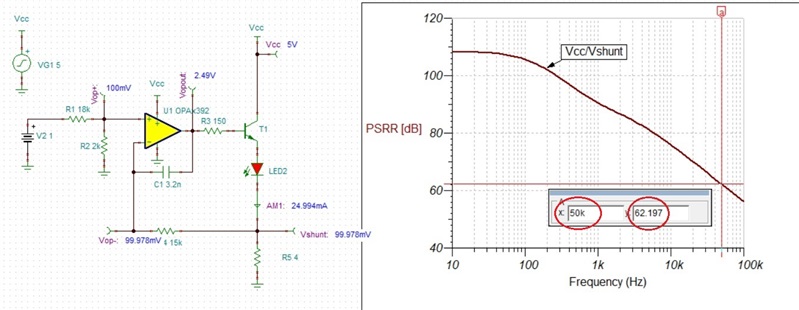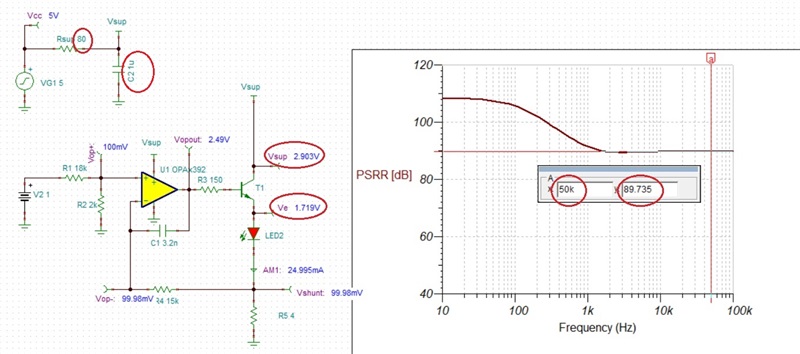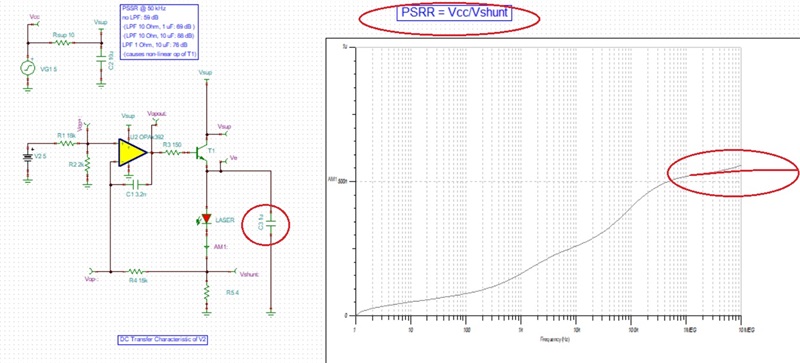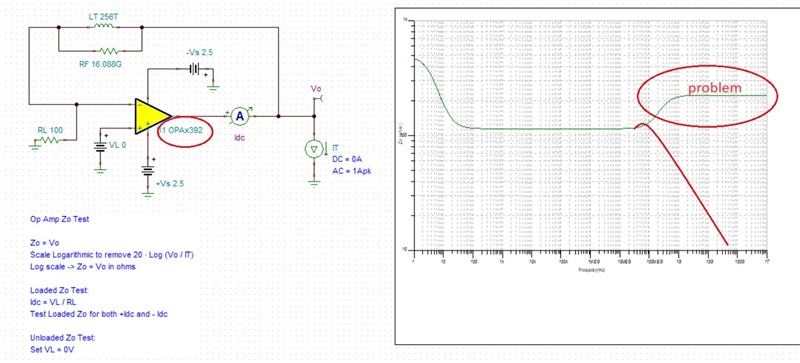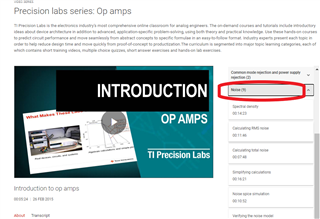Other Parts Discussed in Thread: TINA-TI,
Hello,
I'd like to design a low noise current source to power a single frequency laser diode. This laser diode is very sensitive to current noise as any change in current leads to a change in optical frequency. For the optical application, the frequency of the laser diode needs to be very stable and as such the driving current needs to be stable and low noise, too. The interesting frequency band is 1 Hz to about 50 kHz as noise in this region would be detrimental to the optical application. The laser diode runs at 100 mA and has a forward voltage drop of about 2 V.
Several solutions seem popular.
A) In the FAQ I found this suggestion regarding a laser diode driver. It comprises a "Howland Current Pump with Transistor":
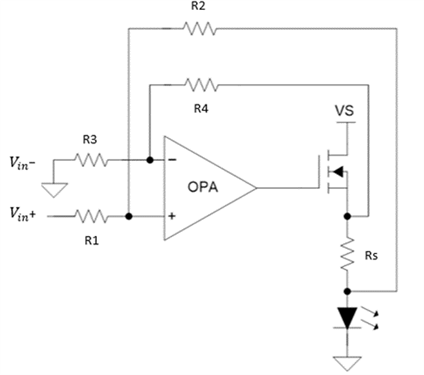
I assume that this configuration may be advantageous when a cathode grounded ("CG") laser diode is used. I came up with this explanation: For "CG" usually an additional differential amplifier or instrumentation amplifier is used to sense the voltage drop across shunt resistor Rs. It is my understanding that the Howland Current Pump with current boost transistor avoids this additional amplifier and as such might reduce the overall noise in the circuit (based on the "naive" thinking that a circuit using less active components exhibits less noise).
B) However, when the laser diode can be electrically "floating", the shunt resistor can be grounded and thus an even simpler circuit (see CIRCUIT060046) is usually suggested:
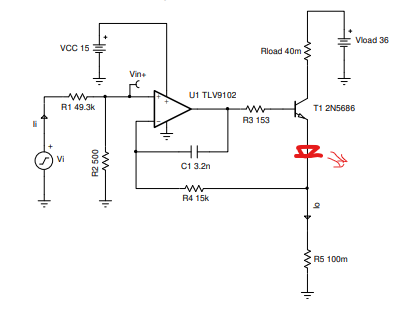
Note, I added the laser diode to this circuit in red. Here, R5 is the shunt resistor. Further, this circuit needs adaption to match the laser diode (e.g. remove Rload , adjust Vload, etc).
Regarding current noise, I assume that circuit B will perform better compared to circuit A.
However, I don't have much knowledge in the field and thus would like to know which design idea to follow to build a low noise driver.
Thanks.
Dan







 .
.
